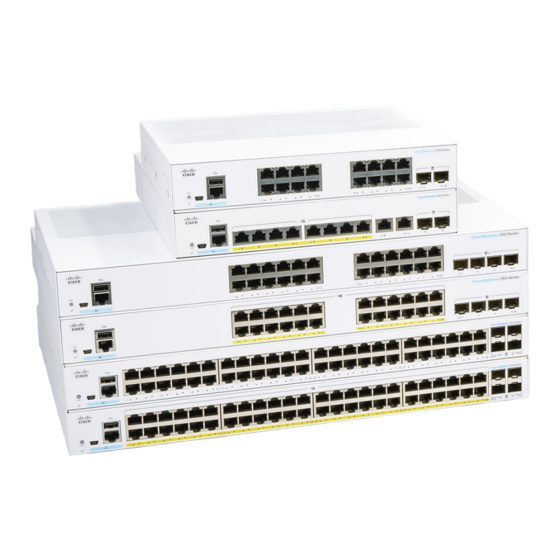Caveats
You can identify an affected access point by browsing to the Ethernet Identification page and
checking the Maximum Packet Data Length parameter. If it is 1500, the failure will occur.
Possible workaround—If you have an early 340 series access point on your network, you can
eliminate the problem by setting the Maximum Packet Data Length parameter for all other devices
to 1400 bytes.
CSCin18914—IP release or renew not occurring with EAP-TLS+MIC+KH+BWR.
•
When a client associates with EAP-TLS + 40/128 bit broadcast key + MIC +Keyhash + Broadcast
WEP key rotation (10sec), and IP DHCP release and renew commands are issued, the client releases
the IP address, never receives it again, and remains EAP authenticated. A ping from the access point
to the client appears to succeed, but does not reveal an IP address. The access point association table
shows the IP address for the client as 0.0.0.0.
CSCdy29556—Symbol IP phone continuously associates and authenticates to an access point
•
configured with multiple VLANs.
When a Symbol IP phone is associated to a VoIP VLAN (Symbol extensions enabled), the phone
associates to the access point and is authenticated approximately every 2 seconds. The Symbol
phone shows a "No Network" error every 1 to 2 minutes.
It also appears that Symbol phones do not work well when using a non-primary SSID. It is possible
that the phone does not perform an active probe and therefore does not detect information about the
SSID it associated with in the beacon, causing it to reassociate and re-authenticate.
There is no workaround for this caveat
CSCdx81372—Access point does not accept version 11.21-generated .ini file.
•
If you download the full configuration .ini from an access point running 11.21, upgrade to version
12.01T1, and then attempt to download the .ini file from an FTP server, the following error message
displays:
*** No Such MIB Variable as Specified on Initialization File Line xxx! for the
following variables:
awcAaaServerAccountingEnabled.x,
awcVoIPVlanId, awcVoIPVlanEnabled,
awcPublicVlanId.
*** Bad Value for MIB Variable awcVlanEncapMode Specified on Initialization File Line
xxx (error 13)!
Workaround—When producing .ini files, dump a non-default configuration for version 11.21
instead of a full configuration.
CSCdw89705—All Ethernet devices behind a client bridge show up as roamed.
•
When a non-root bridge roams from one root bridge to another, messages might appear in the logs
of the root bridges stating that Ethernet devices connected to the non-root bridge and wireless client
devices associated to the non-root bridge have roamed.
You can ignore these messages.
CSCdz04380—Incorrect values are advertised for CWMin and CWMax on Voice VLAN.
•
When a voice VLAN using Cisco IP Phones is configured with default settings (CSMin=31,
CWMax=31), the values advertised by the access point in the beacons and probes are CWMin=7 and
CWMax=255.
There is no workaround for this caveat.
Release Notes for Cisco Aironet 340 and 350 Series Access Points and 350 Series Bridges Running Firmware Version 12.01T1
8
.
OL-3740-01

